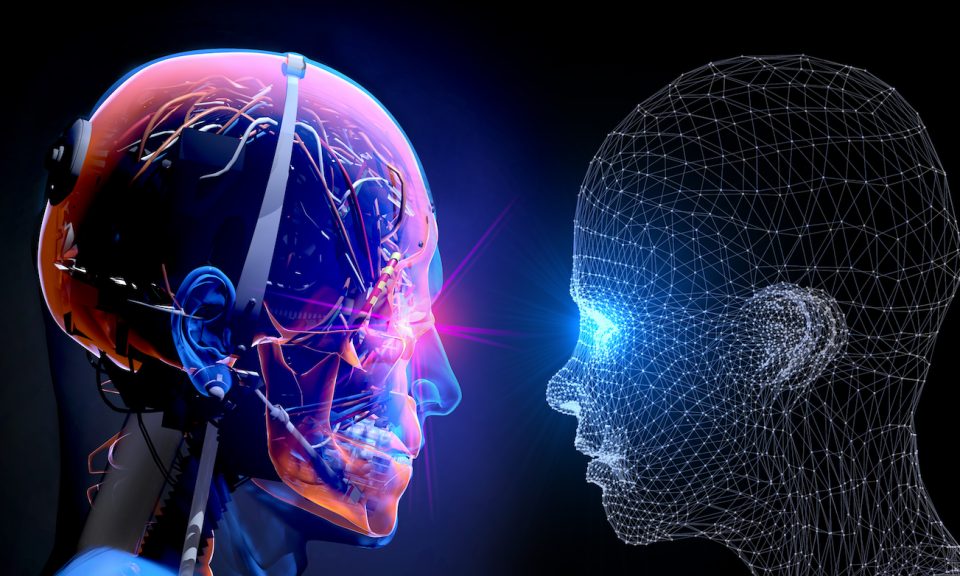Dispelling anxiety about robots has become a major preoccupation of business apologetics. The common-sense—and far from foolish—view is that the more jobs are automated, the fewer there will be for humans to perform.
The headline example is the driverless car. If cars can drive themselves, what will happen to chauffeurs, taxi drivers and so on, ATimes reported.
Economic theory tells us that the worries are groundless. Attaching machines to workers increases their output for each hour they work. They then have an enviable choice: Work less for the same wage as before, or work the same number of hours for more pay.
And as the cost of existing goods falls, consumers will have more money to spend on more of the same goods or different ones. Either way, there is no reason to expect a net loss of human jobs—or anything but continual improvements in living standards.
30% to Be Automated by 2030
How many existing human jobs are actually “at risk” to robots? According to an invaluable report by the McKinsey Global Institute, about 50% of time spent on human work activities in the global economy could theoretically be automated today, though current trends suggest a maximum of 30% by 2030, depending mainly on the speed of adoption of new technology.
The report’s midpoint predictions are: Germany, 24%; Japan, 26%; the United States, 23%; China, 16%; India, 9%; and Mexico, 13%. By 2030, MGI estimates, 400 million to 800 million individuals will need to find new occupations, some of which don’t yet exist.
This rate of job displacement is not far out of line with previous periods. One reason automation is so frightening today is that the future was more unknowable in the past: “We lacked the data for alarmist forecasts.”
The more profound reason is that current automation prospects herald a future in which machines can plausibly replace humans in many spheres of work where it was thought that only we could do the job.
Economists have always believed that previous waves of job destruction led to an equilibrium between supply and demand in the labor market at a higher level of both employment and earnings. But if robots can actually replace—not just displace—humans, it is hard to see an equilibrium point until the human race itself becomes redundant.
Routine Job?
The MGI report rejects such a gloomy conclusion. In the long run, the economy can adjust to provide satisfying work for everyone who wants it. “For society as a whole, machines can take on work that is routine, dangerous, or dirty, and may allow us to use our intrinsically human talents more fully and enjoy more leisure.”
This is about as good as it gets in business economics. Yet there are some serious gaps in the argument. The first concerns the length and scope of the transition from the human to the automated economy.
“Here, the past may be a less reliable guide than we think, because the slower pace of technological change meant that job replacement kept up with job displacement.” Now, displacement—and thus disruption—will be much faster, because technology is being invented and diffused much faster.
Promised Benefits
This poses a dilemma for policymakers. The faster the new technology is introduced, the more jobs it eats up, but the quicker its promised benefits are realized. The MGI report rejects attempts to limit the scope and pace of automation, which would “curtail the contributions that these technologies make to business dynamism and economic growth.”
Given this priority, the main policy response follows automatically: massive investment, on a “Marshall Plan scale”, in education and workforce training to ensure that humans are taught the critical skills to enable them to cope with the transition.
The report also recognizes the need to ensure that “wages are linked to rising productivity, so that prosperity is shared with all”. But it ignores the fact that recent productivity gains have overwhelmingly benefited a small minority. Consequently, it pays scant attention to how the choice between work and leisure promised by economists can be made effective for all.
Finally, there is the assumption running through the report that automation is not just desirable, but irreversible. “Once we have learned to do something more efficiently (at lower cost), there is no possibility of going back to doing it less efficiently.” The only question left is how humans can best adapt to the demands of a higher standard of efficiency.


